Tokujin Yoshioka, Q&A
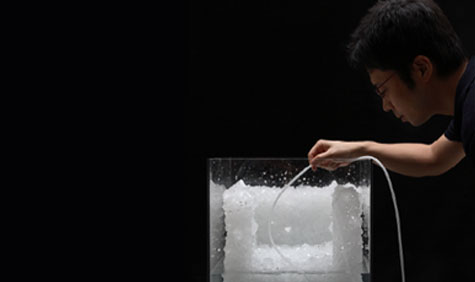
Wallpaper* grabbed a few moments with Tokujin Yoshioka to chat crystals, critics and Beethoven.
The concept behind the exhibition is to explore design that appeals to the human heart. Has this exhibit helped you to identify exactly what sort of design that is?
I still don’t know what kind of design it is, but I have a feeling it’s something that can’t really be put into words.
How did you select the people for the show?
Ross Lovegrove and the Campana brothers are friends of mine, but all the other designers I found in Japan. Miyake-san said he didn’t want us to search for famous artists but instead to find our own.
Tell us about the Venus chair, which you designed for the exhibition
I didn’t actually design it for this show. Like my Honey Pop chair, made from paper, it wasn’t designed for a particular project but because I was looking to the future and wondering what I could make. With the Venus chair I wanted to push myself further and so decided to make a chair out of natural crystals.
Receive our daily digest of inspiration, escapism and design stories from around the world direct to your inbox.
Is this a process you could use for a functional product
It wasn’t about making it available as a product or how much I would sell it for, it was born from my thoughts of how to respond to environmental problems with design. I wondered if I could find help in nature. If I could understand nature and biology, I could use it to make things and to make design for the future. The chair is the result of this thought process.
So it wasn’t because you wanted to work with crystals, more that you wanted to work with nature?
Exactly.
Have you experimented with anything else
Well the crystals took quite a bit of time. I looked at several types, not just natural crystals but metallic crystals and lots of other kinds too. I talked to a lot of people, visited a lot of factories. I ended up working on them all the time, through the weekend, every weekend. I even dreamt about them. Some of the pieces took six months to grow.
You also used music to see if it affects the way the crystals grow. Did you learn anything interesting?
It’s hard to say. More than just seeing whether the shapes of the crystals changed according to the music, it was to see if they followed the story of the music. My intention is that people look at the panels and create their own stories and dreams.
The one grown to Beethoven was fairly flat compared to the others. Why was this do you think?
I don’t think it was just the music. There are other factors like temperature, conditions, time and so on.
A number of bloggers have criticised your Venus chair for being a chair, saying it’s too obvious a choice for you and that you should have spread your wings more. How do you feel about this?
Well chairs have a lot of history and speak to a lot of people. A chair can get people who’ve never had any interest in sculpture thinking about the subject. It’s also something universal and I wanted to communicate to people around he world. Also I want people to understand that the chairs aren’t just coated in crystals, the whole things are crystal structures.
Rosa Bertoli was born in Udine, Italy, and now lives in London. Since 2014, she has been the Design Editor of Wallpaper*, where she oversees design content for the print and online editions, as well as special editorial projects. Through her role at Wallpaper*, she has written extensively about all areas of design. Rosa has been speaker and moderator for various design talks and conferences including London Craft Week, Maison & Objet, The Italian Cultural Institute (London), Clippings, Zaha Hadid Design, Kartell and Frieze Art Fair. Rosa has been on judging panels for the Chart Architecture Award, the Dutch Design Awards and the DesignGuild Marks. She has written for numerous English and Italian language publications, and worked as a content and communication consultant for fashion and design brands.
-
 The international design fairs shaping 2026
The international design fairs shaping 2026Passports at the ready as Wallpaper* maps out the year’s best design fairs, from established fixtures to new arrivals.
-
 The eight hotly awaited art-venue openings we are most looking forward to in 2026
The eight hotly awaited art-venue openings we are most looking forward to in 2026With major new institutions gearing up to open their doors, it is set to be a big year in the art world. Here is what to look out for
-
 This modern Clapham house is nestled indulgently in its garden
This modern Clapham house is nestled indulgently in its gardenA Clapham house keeps a low profile in south London, at once merging with its environment and making a bold, modern statement; we revisit a story from the Wallpaper* archives
-
 Maria Porro: ‘We are pouring our hearts into Supersalone’
Maria Porro: ‘We are pouring our hearts into Supersalone’Newly appointed Salone del Mobile president Maria Porro is the first woman in the role. She talks to Wallpaper* Milan editor Maria Cristina Didero, a Supersalone colleague, about her plans to focus the fair on design, sustainability and creative encounters
-
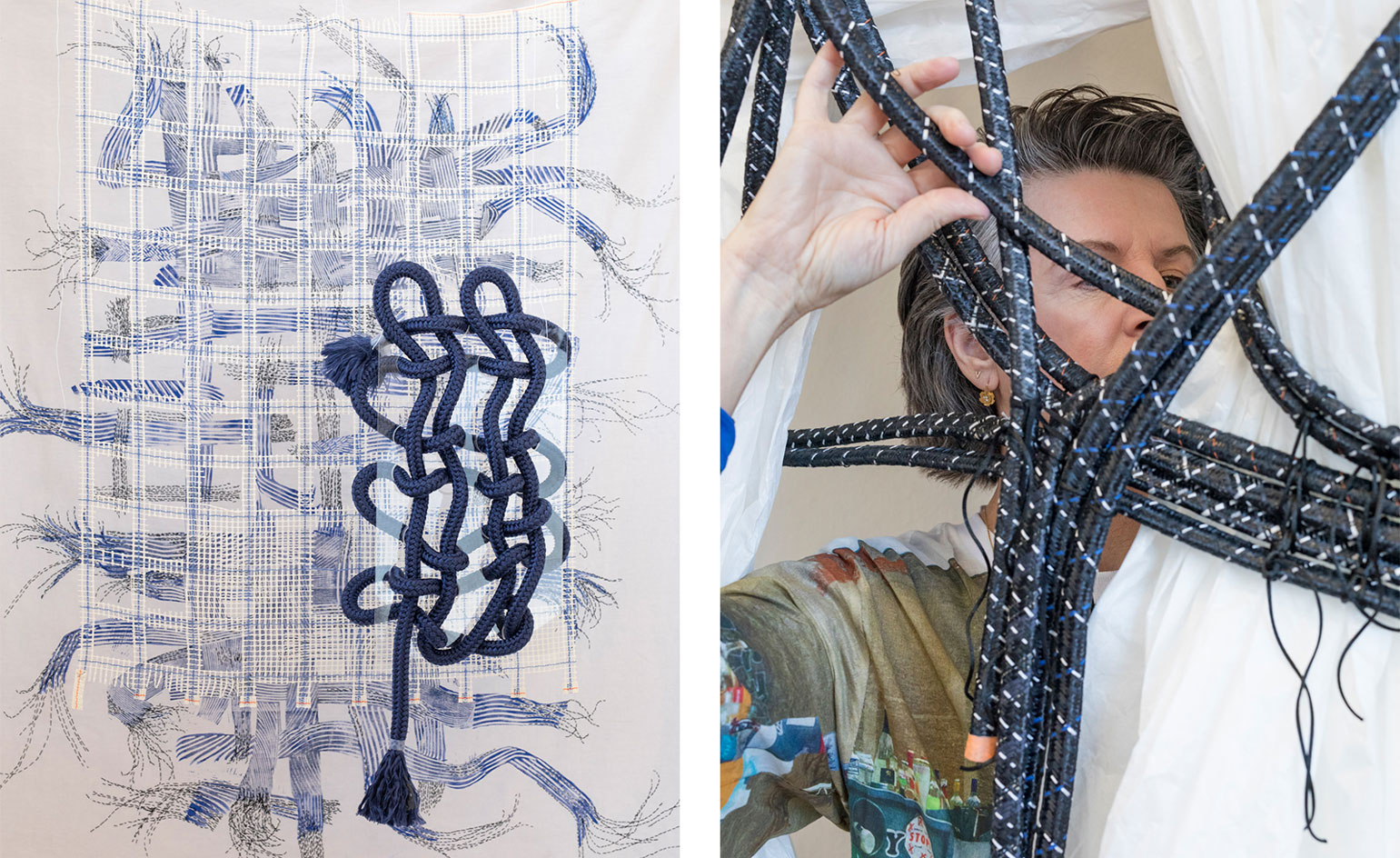 Hella Jongerius weaves the cosmos at Berlin’s Gropius Bau
Hella Jongerius weaves the cosmos at Berlin’s Gropius BauOn the occasion of her ‘Woven Cosmos’ exhibition at Berlin's Gropius Bau in Spring 2021, we talked to Hella Jongerius about textiles and weaving, sustainability in design and the effect of the pandemic on daily life
-
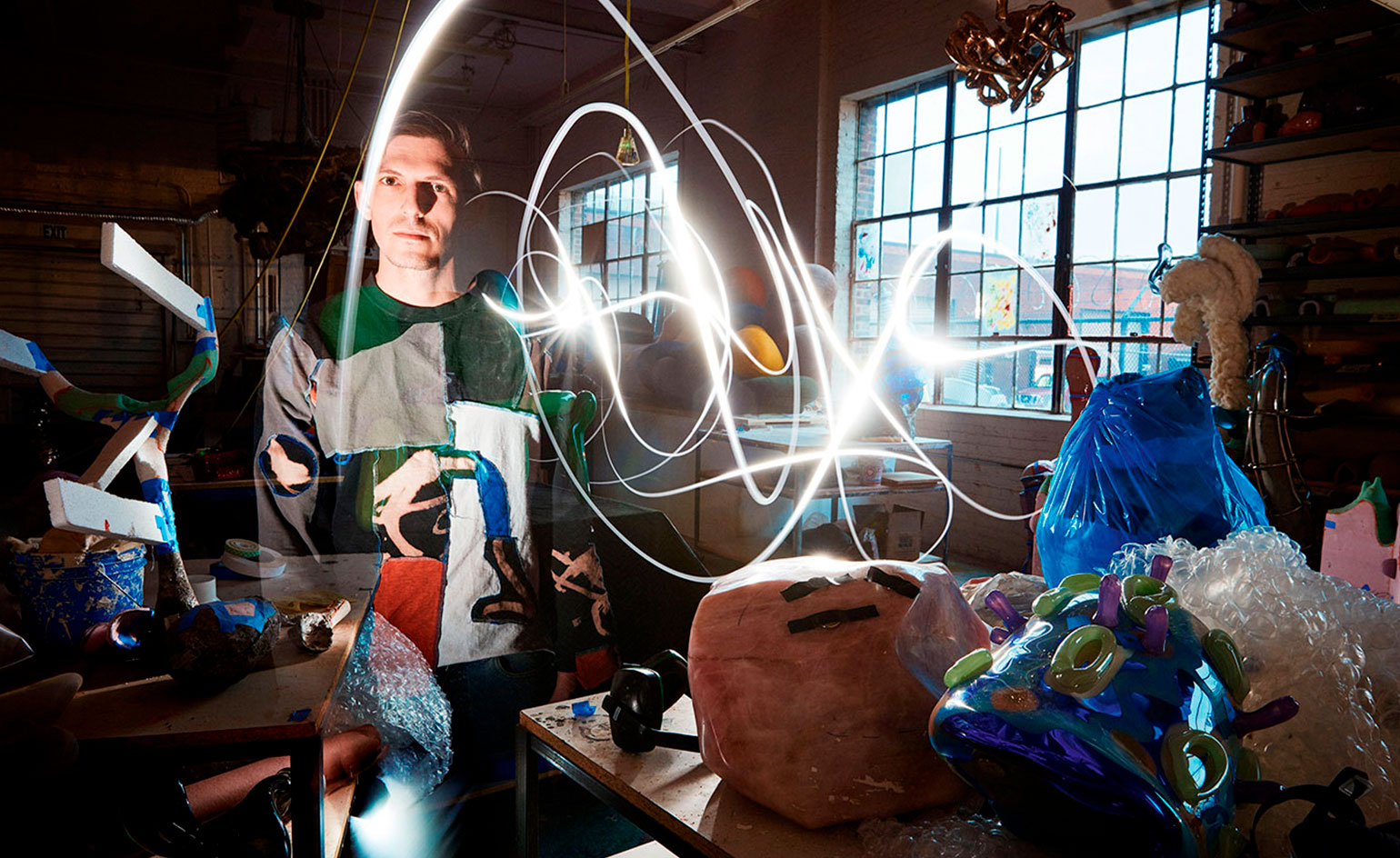 Misha Kahn prepares to unveil his latest shape-shifting works in New York
Misha Kahn prepares to unveil his latest shape-shifting works in New YorkAhead of his exhibition at Friedman Benda, Wallpaper* pays a visit to designer Misha Kahn to discuss digital and analogue proccesses, low-brow pop-culture, and being an anomaly in contemporary design
-
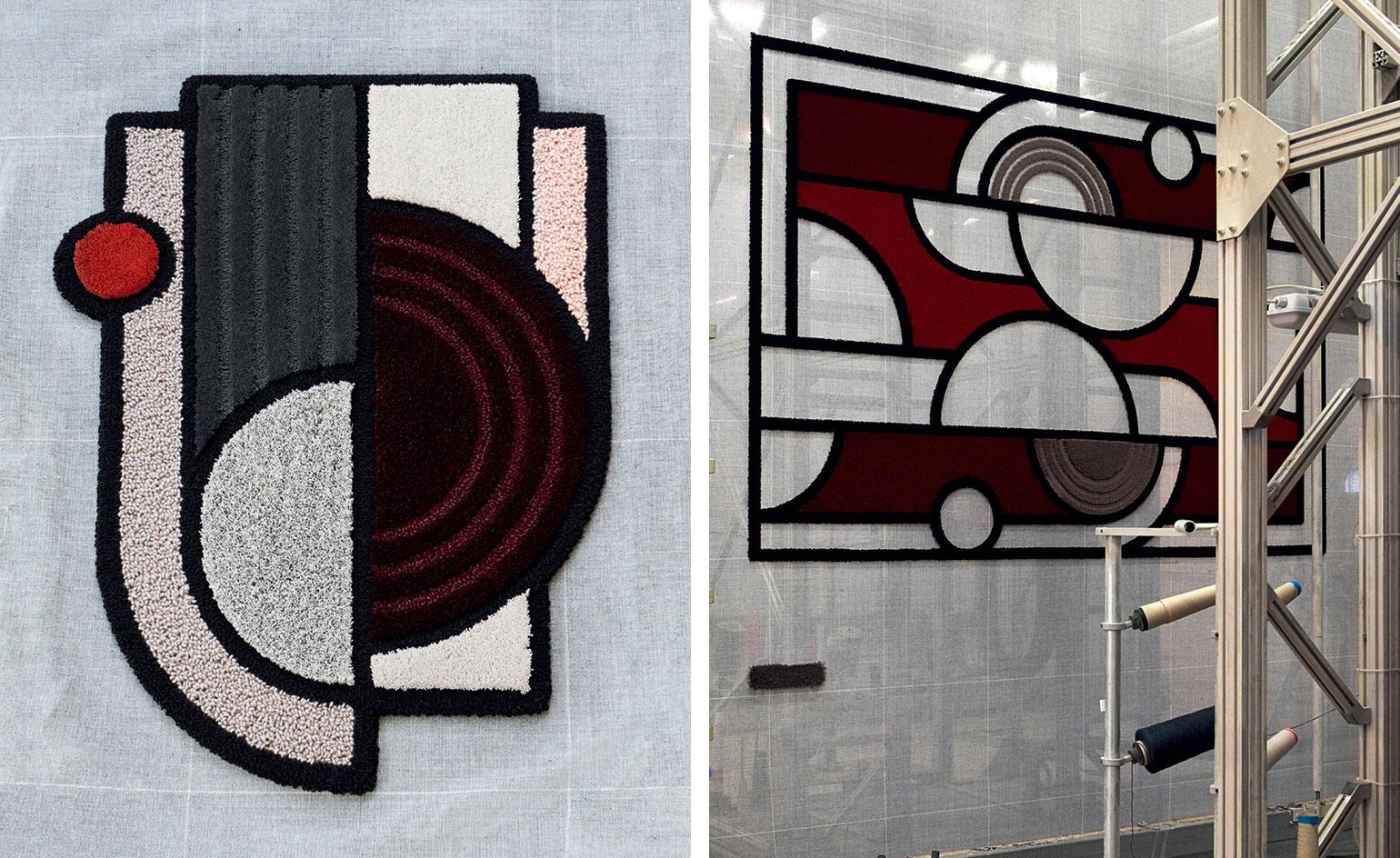 Making of: Lara Bohinc weaves her passions into Kasthall rug collection
Making of: Lara Bohinc weaves her passions into Kasthall rug collection -
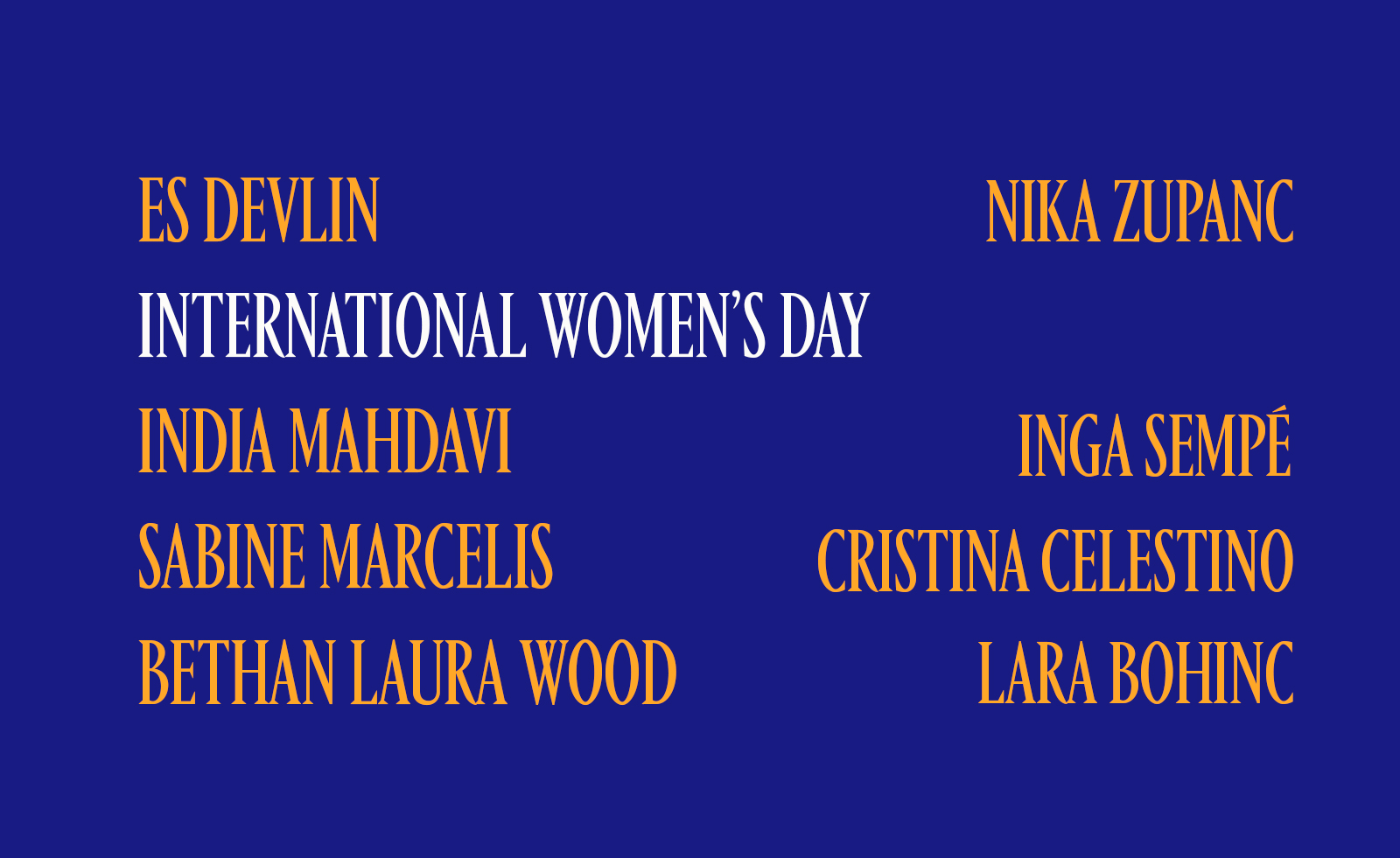 International Women’s Day: leading female designers in their own words
International Women’s Day: leading female designers in their own words -
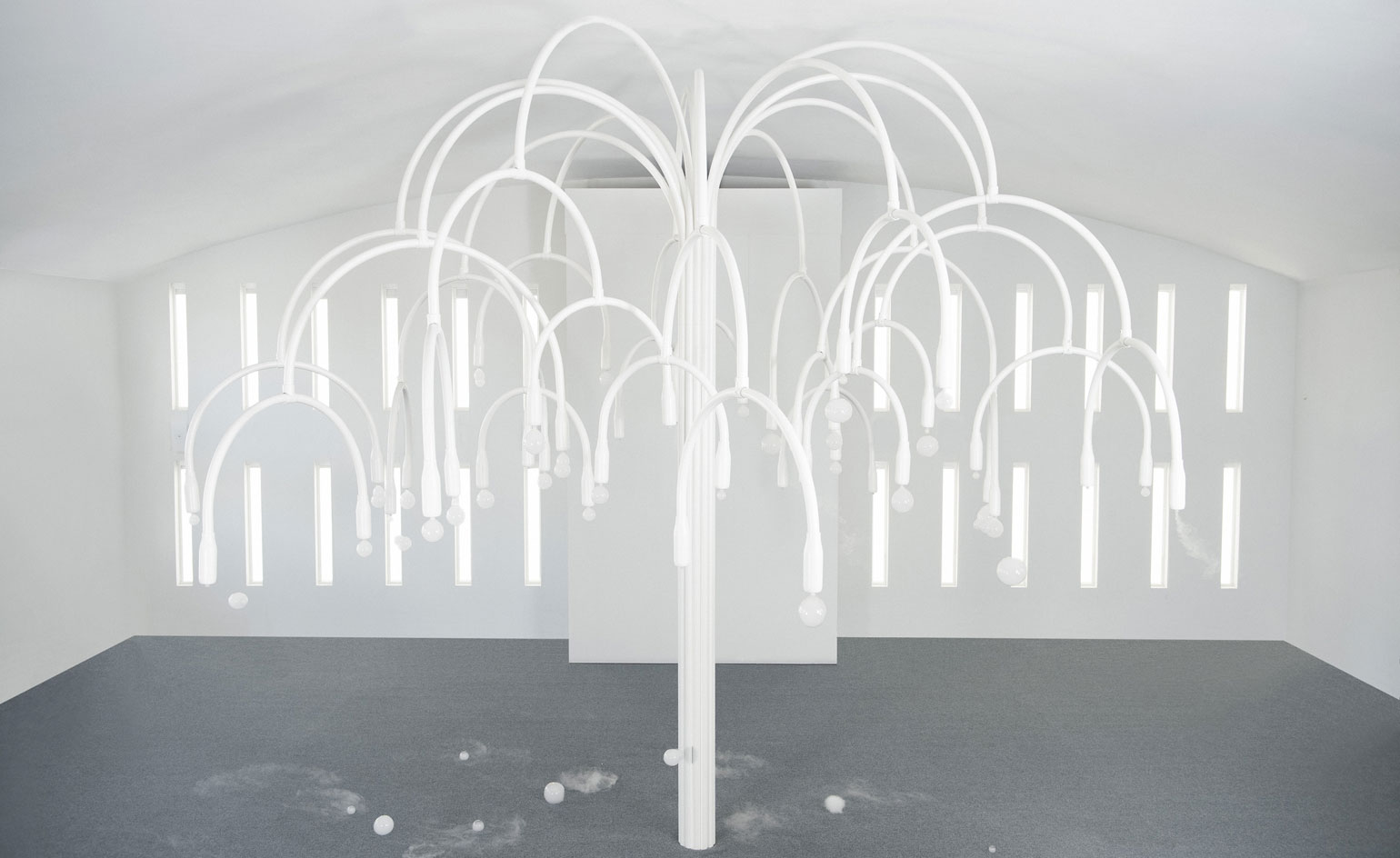 COS and Studio Swine branch out in Miami with scented bubble installation
COS and Studio Swine branch out in Miami with scented bubble installation -
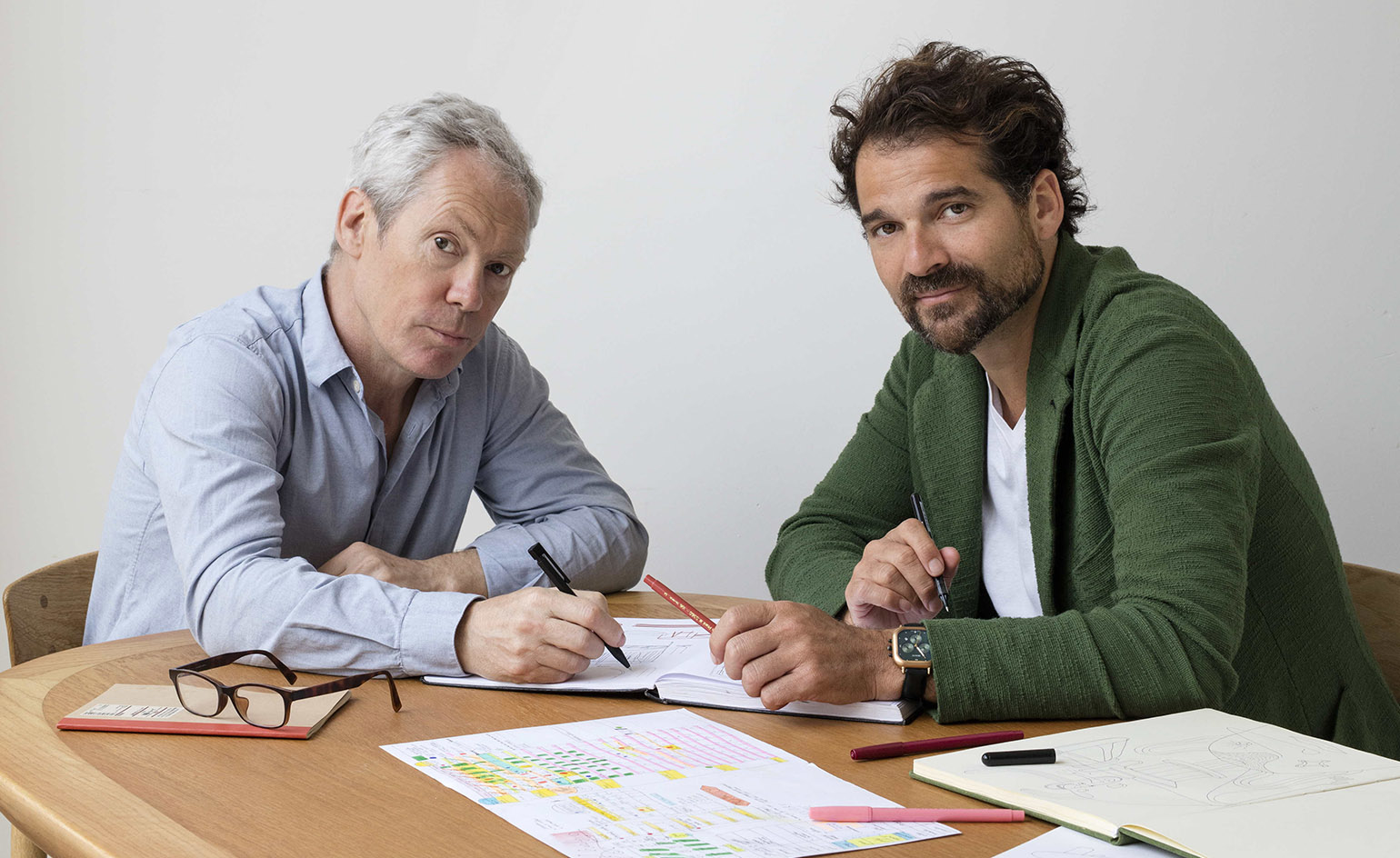 Boundary breakers Jasper Morrison and Jaime Hayon turn their hand to fashion
Boundary breakers Jasper Morrison and Jaime Hayon turn their hand to fashion -
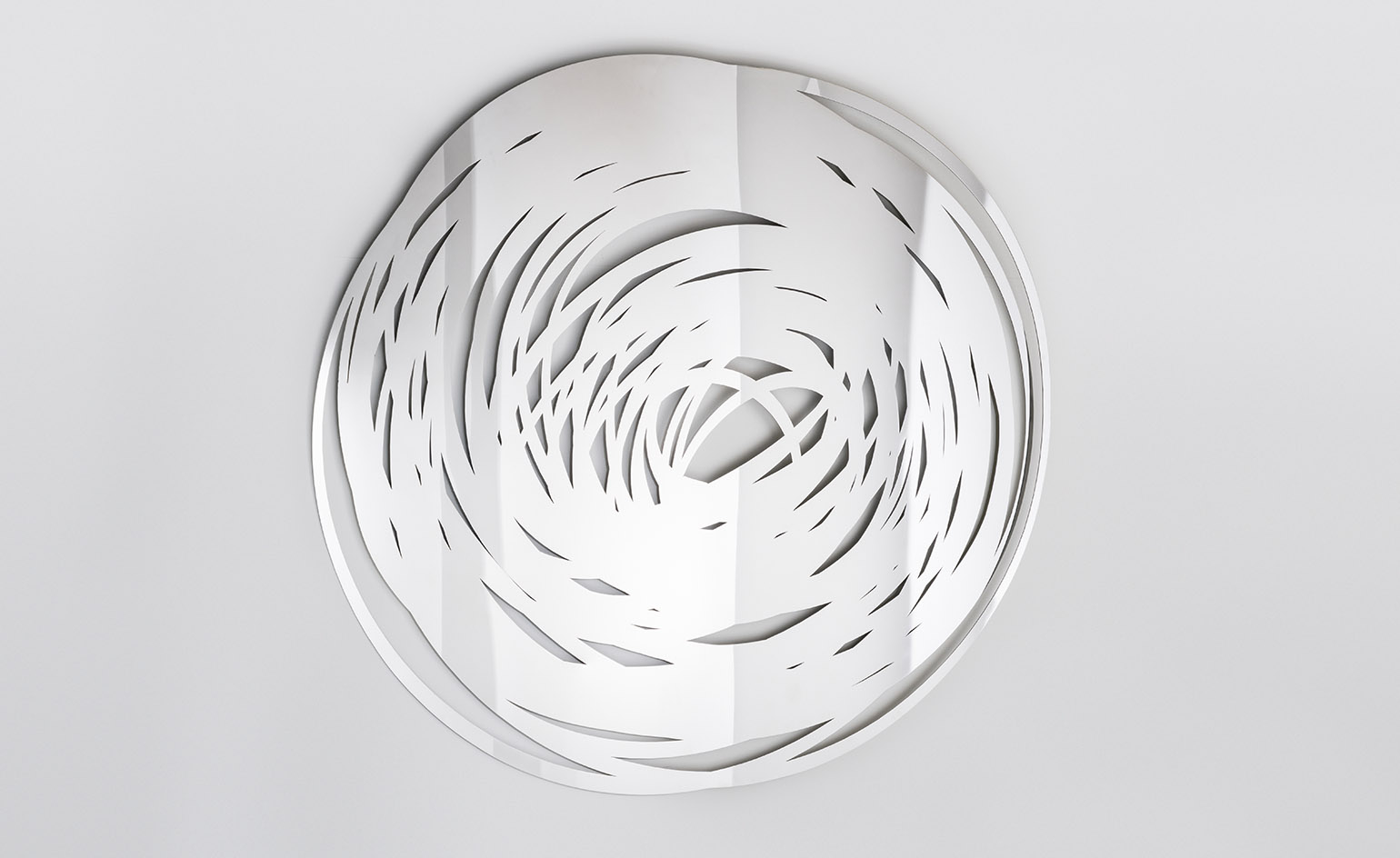 Grand gestures: Fredrikson Stallard’s latest work makes a bold statement
Grand gestures: Fredrikson Stallard’s latest work makes a bold statement